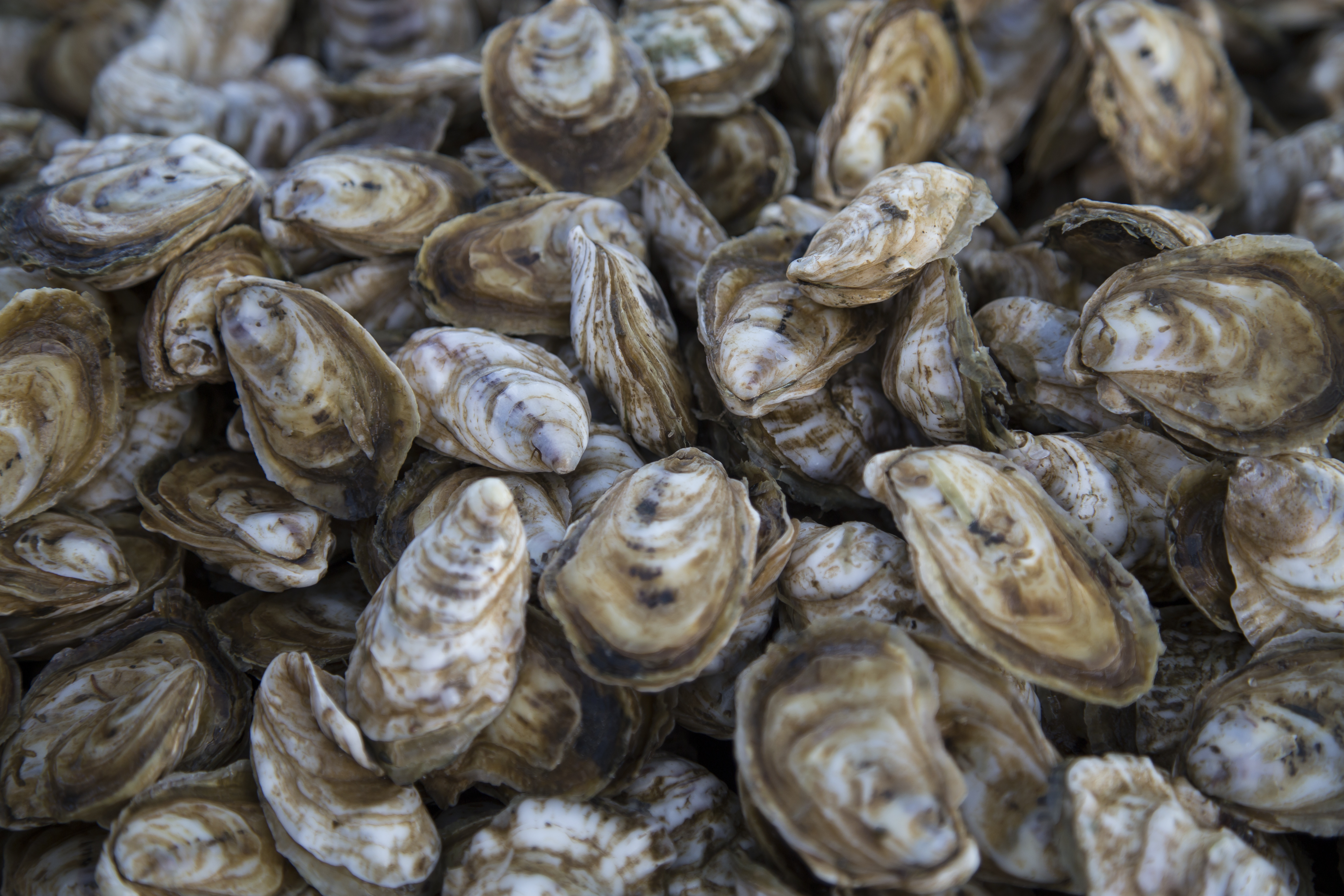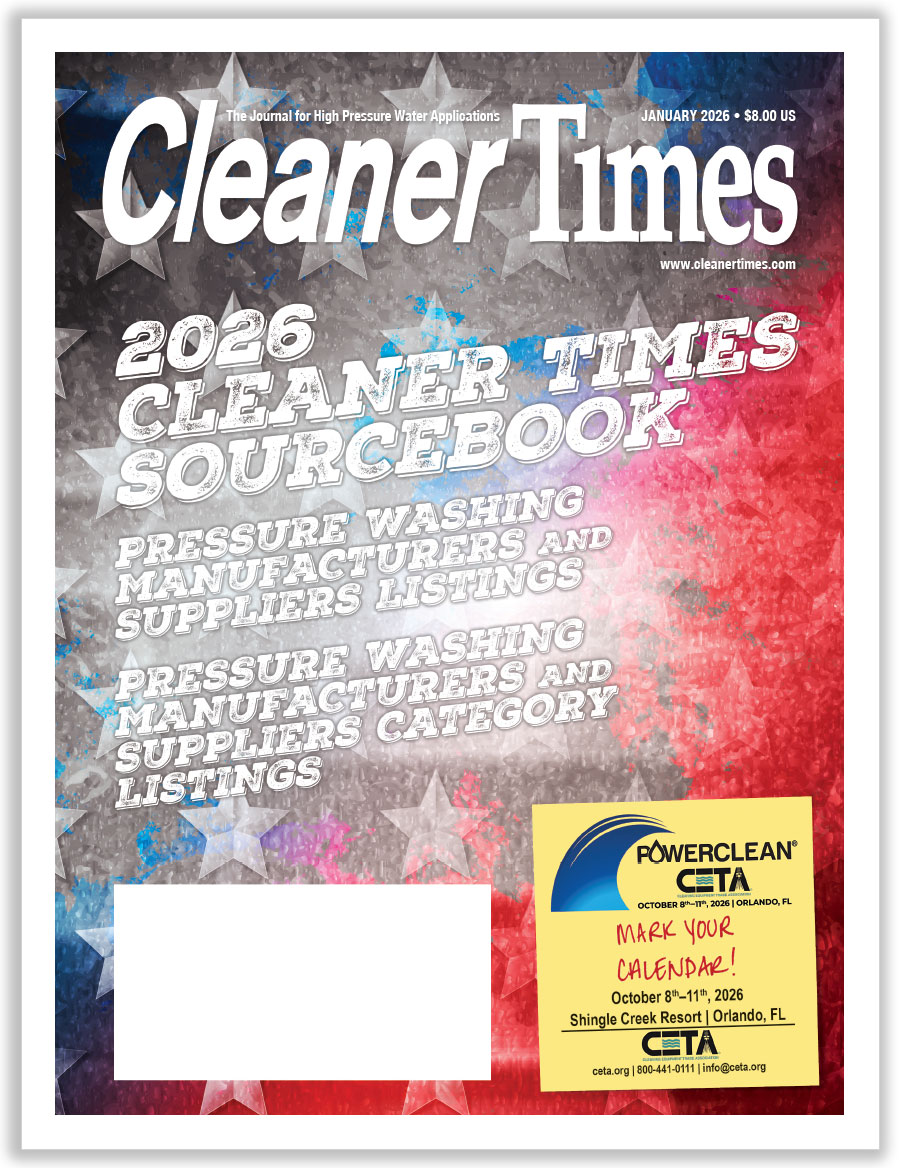
Oyster Nursery Cleaning
Part of Repertoire at Outside Cleaners, LLC.
Written by Diane M. Calabrese | Published October 2024
Perseverance is a partner to success in business and in life. There are no guarantees, but determination to do what it takes is a must.
Nate Church, the owner of Outside Cleaners LLC in Brewster, MA, started his company 14 years ago. “I wanted to be my own boss,” he explains.
Church had moved to the Cape Cod town of Brewster from Vermont in 2010. In the Green Mountain State he owned and managed properties, a business venture that gave him ample experience as a handyman. Some of the experience included power washing.

Once relocated to Cape Cod, Church began to see possibilities in launching a power washing company. So, he made the leap. Today his company offers a broad range of services to customers, but one type of cleaning tops the list: cedar.
“Cedar is my bread and butter out here— cedar roofs, siding, and decks,” says Church. It accounts for about 80 percent of his work. He works alone, but his wife Leah Church does administrative work for the company.
Always willing to take on interesting new cleaning projects, Church readily took on his first oyster nursery cleaning job in 2018. Since then he has been cleaning regularly for Cape and Islands Aquaculture in West Dennis, MA. The company provides shell-fish seeds (larvae) to shellfish farmers.
The mobile larval stage of an oyster is called a seed. Once settled on a substrate, it is labelled a spat. The sedentary, filterfeeding spats grow into oysters.
Oyster nurseries contain and control the seeds and spats by containing the seeds and providing substrate, such as racks, on which spats can settle and grow. They may sell seeds to oyster farmers who tend the spats as they grow, or they may use the seeds for their own farms.
There are many different configurations and sizes of oyster nurseries and oyster farms. Some of the aquaculture setups pump water through containers, while others immerse containers in natural tracts of brackish water and traverse water in boats to tend the containers.
The nursery that Church cleans contains the seed by using a very large tank—about the size of a tractor trailer—full of fiberglass troughs. Water flows through the troughs. Over the course of the five to six months it takes the young oysters to grow, the tanks and the netting acquire significant amounts of algae. Both tanks and nets must be cleaned.
Once each year at season’s end, the fiberglass tanks are cleaned. Church uses Star Brite EZ-On EZ-Off boat hull and bottom cleaner to remove deposits, using low pressure—under 1000 psi at four GPM. His pressure washer is a diesel Pressure-Pro model. Some mid-season cleaning of nets is often also on the project roster.
Mid-season Church also gets involved in cleanup, typically using just hot water. He sometimes uses a solution of sodium percarbonate to clean out algae.
Aquaculture is a growing niche. For instance, the company for which Church cleans plans to expand to scallops and quahogs (hard-shelled clams).
Models of aquaculture businesses vary. Some companies sell seed to farmers who tend the spat as they grow into food or pearl-bearing oysters. Other companies take on the entire enterprise, from providing a nursery for seed larvae through harvest of mature oysters.
What the business models have in common is that they meet demand in a growing sector. It’s a sector in which other power-washing contractors may find the opportunity to provide services.
Church explains that one principle guides him: He aims to treat every customer as he would want a service provider to treat his mother and father as customers.






